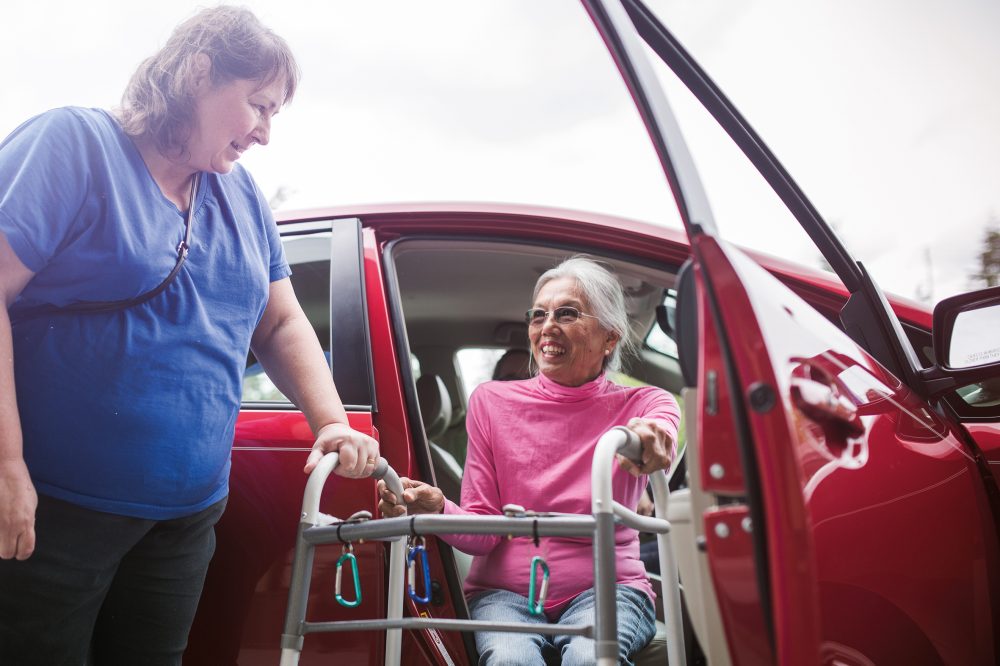
Many of us think of taxis as a luxury option – not for everyday use. But if you have had to give up your car, even regular or everyday use of taxis for local journeys can prove to be less costly than the upkeep and running of your own vehicle. And of course, they can take you door to door.
Finding a Taxi
In some urban areas you will find taxis at stations and ranks outside shopping centres and other attractions. You can also hail them in the street.
In smaller towns and rural areas you will generally need to phone for a taxi and they will be private hire vehicles rather than licensed taxis (the main difference being that only licensed taxis can pick up in the street rather than through pre-booking).
To check which taxi companies have vehicles that are wheelchair accessible, phone your local district council for licenced taxis or contact the taxi companies direct.
Accessibility
In most big towns and cities, all licensed taxis are now accessible. This means that they are equipped with a ramp to help you get on board and a space where you can travel (rearward facing) in your wheelchair. Always insist on travelling in this position, sideways facing can be dangerous in a moving vehicle.
Accessible taxis will have plenty of grab handles and may also have a swivel seat if you have difficulty with managing the step.
The taxi driver is required to give you the help you need to get in and out and to fasten the wheelchair and your seatbelt.
The driver cannot charge you any more for providing assistance.
Assistance Dogs
If you travel with a guide dog or assistance dog, the driver must not refuse to carry the dog or charge extra for doing so. This applies whether or not the taxi is wheelchair accessible.
There may be a Transport Hub near you which could help and offer advice and guidance.
